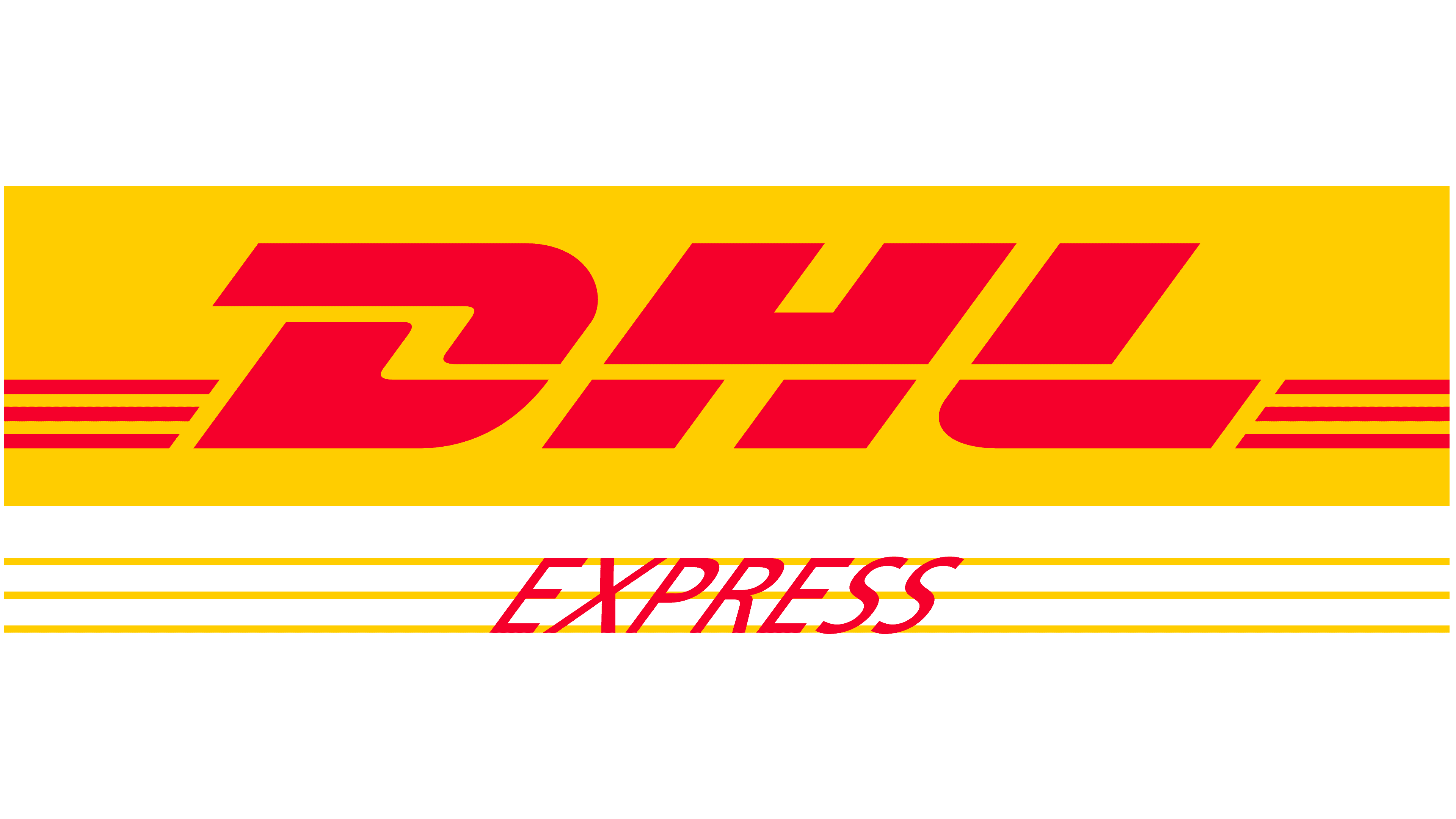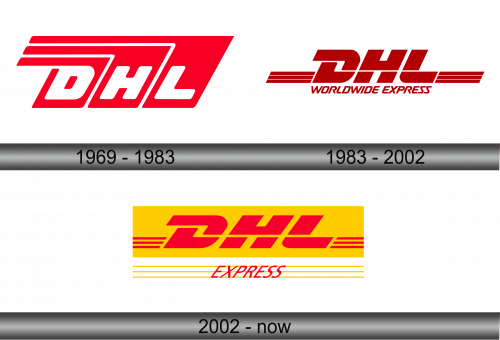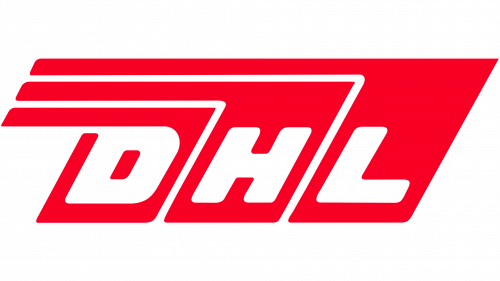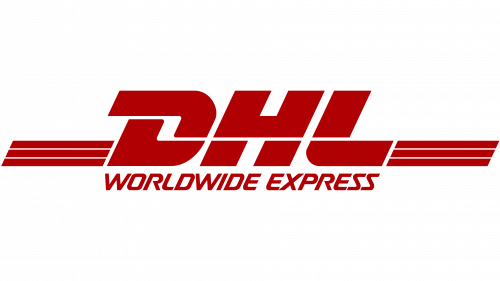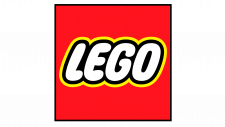DHL Logo
DHL is a global logistics company providing international shipping and courier services. It operates in over 220 countries and territories, making it one of the world’s largest logistics companies. DHL offers a wide range of services, including express parcel delivery, freight transportation, and supply chain solutions. It serves various industries, including e-commerce, healthcare, automotive, and more. DHL is part of the larger Deutsche Post DHL Group, a German postal and logistics company. The company continues to expand its presence in global markets and innovate in the logistics industry.
Meaning and history
DHL, founded in the United States in 1969, has a rich history of growth and transformation in the global logistics industry. Here is a brief overview of its history, ownership changes, and key milestones:
Founding and Early Growth (1969-1980s): DHL was founded by Adrian Dalsey, Larry Hillblom, and Robert Lynn. The company’s name is derived from their last initials. It started as a door-to-door express delivery service operating between San Francisco, California, and Honolulu, Hawaii. DHL’s innovative approach and international focus helped it expand rapidly.
International Expansion (1970s-1980s): In the 1970s and 1980s, DHL expanded its global presence by establishing international hubs and networks. It became one of the first international courier companies to operate in the Middle East and Asia.
Ownership Changes (1980s-2000s): In 1983, DHL was acquired by the German logistics company Deutsche Post. This marked a significant change in ownership and led to DHL’s global expansion under the Deutsche Post DHL Group. DHL also expanded its services to include freight and supply chain solutions.
Global Integration (1990s-2000s): DHL continued to grow through acquisitions and partnerships, becoming a major player in the global logistics industry. It launched DHL Global Forwarding and DHL Supply Chain to offer comprehensive logistics solutions.
Financial Challenges (2000s): Despite its global presence, DHL faced financial challenges in the early 2000s, particularly in its U.S. operations. In 2008, DHL announced it would exit the U.S. domestic express delivery market.
Focus on International Services (2010s-2020s): DHL continued to thrive in its international express delivery and logistics services. It invested in technology and sustainability initiatives to enhance its operations and reduce its environmental footprint.
E-commerce and Innovation (2010s-Present): DHL has played a vital role in the e-commerce boom by providing efficient delivery solutions for online retailers and consumers worldwide. The company has embraced technological advancements such as automation, AI, and data analytics to improve its services.
COVID-19 Response (2020s): During the COVID-19 pandemic, DHL played a crucial role in the global distribution of vaccines and medical supplies, showcasing its logistics expertise and commitment to global health.
Today, DHL is a leading global logistics and express delivery company, offering a wide range of services to businesses and individuals across the world. It continues to adapt and innovate in response to changing market dynamics and customer demands, making it a prominent player in the logistics industry.
1969 – 1983
The company’s name takes a prominent position on the original emblem, with each letter enclosed within its distinct polygon. These geometric shapes exhibit varying heights and a subtle rightward tilt. At the upper portion, three bold lines infuse the image with a sense of dynamism.
1983 – 2002
In 1983, DHL made its foray into the US domestic market with the launch of its delivery service in North America. This expansion was accompanied by a logo revamp. The designers enhanced the font, adding a prominent serif to the letter “D.” Below the DHL abbreviation, they included “WORLDWIDE EXPRESS” to highlight the company’s expertise. The large rectangles were eliminated, and the upper stripes were duplicated and positioned on both sides of the inscription.
2002 – Today
In 2002, Deutsche Post AG acquired the logistics company, bringing it under the DHL Express division. The company introduced a new logo, crafted by the renowned branding studio Nitsch Design. While retaining most of the previous logo’s elements, the design team transformed it into a red motif enclosed within a vibrant yellow rectangle. Positioned at the bottom is the word “EXPRESS” in red, displayed in italics and superimposed on three striking yellow lines.
